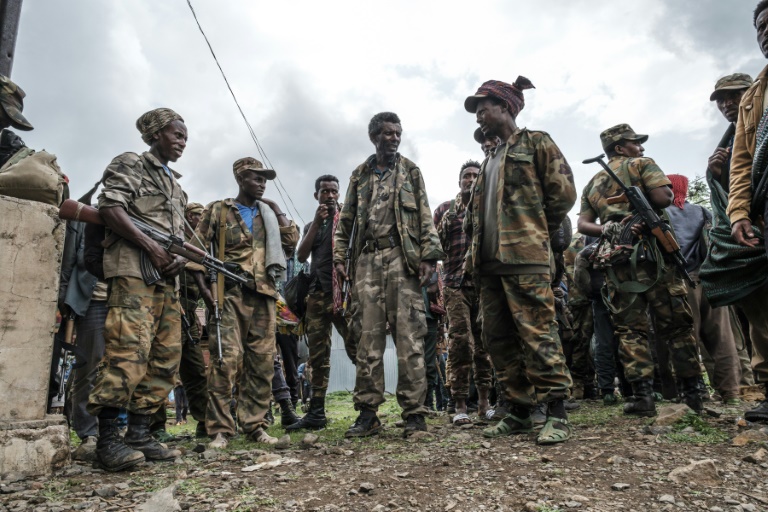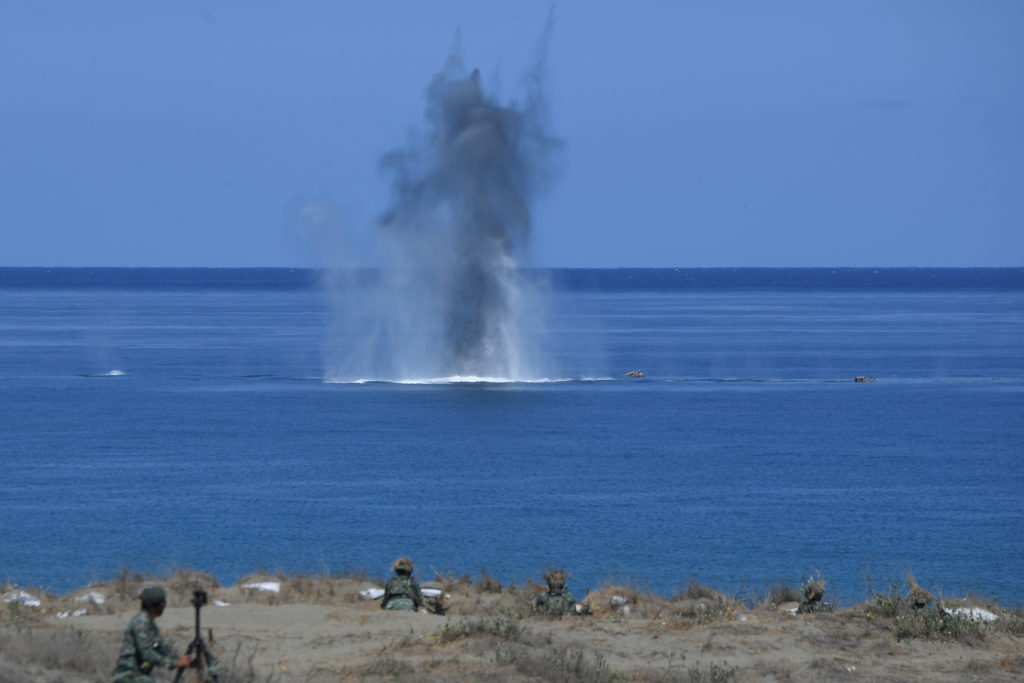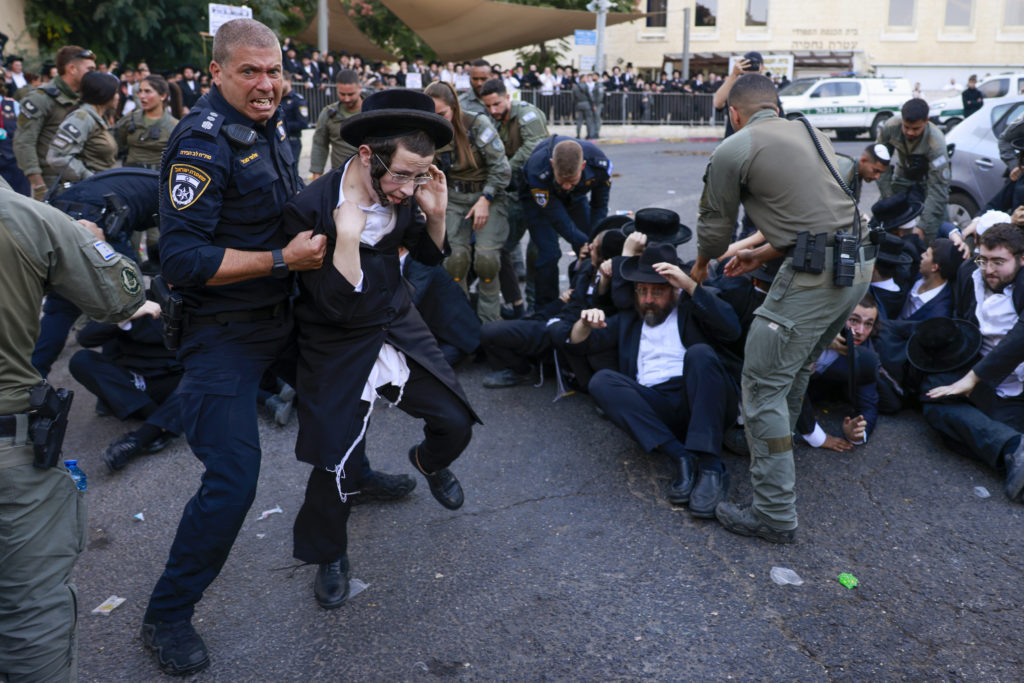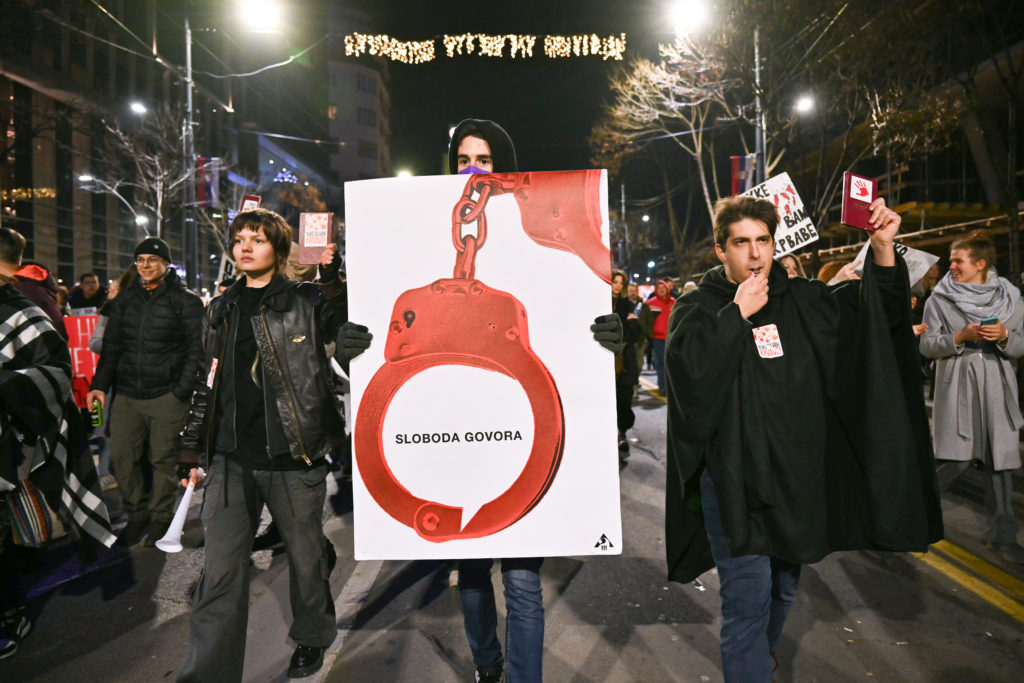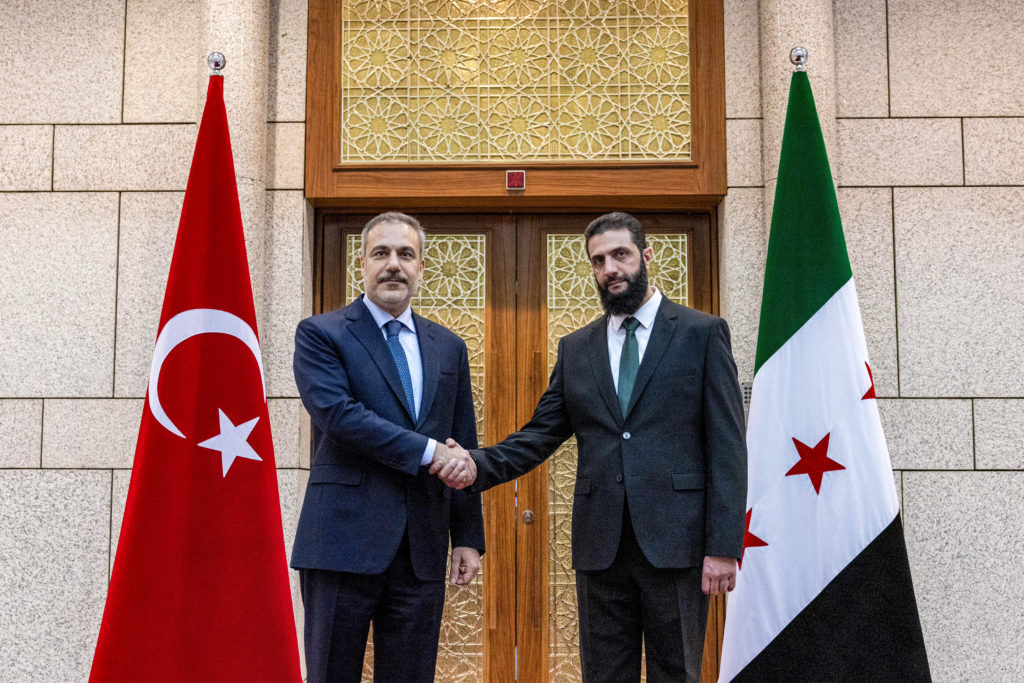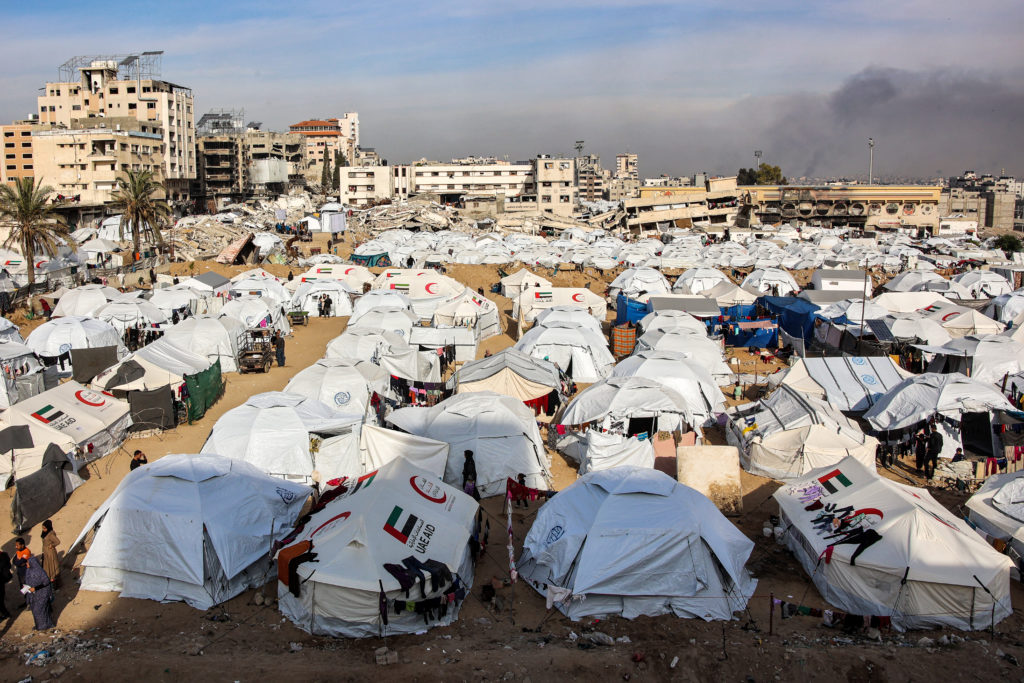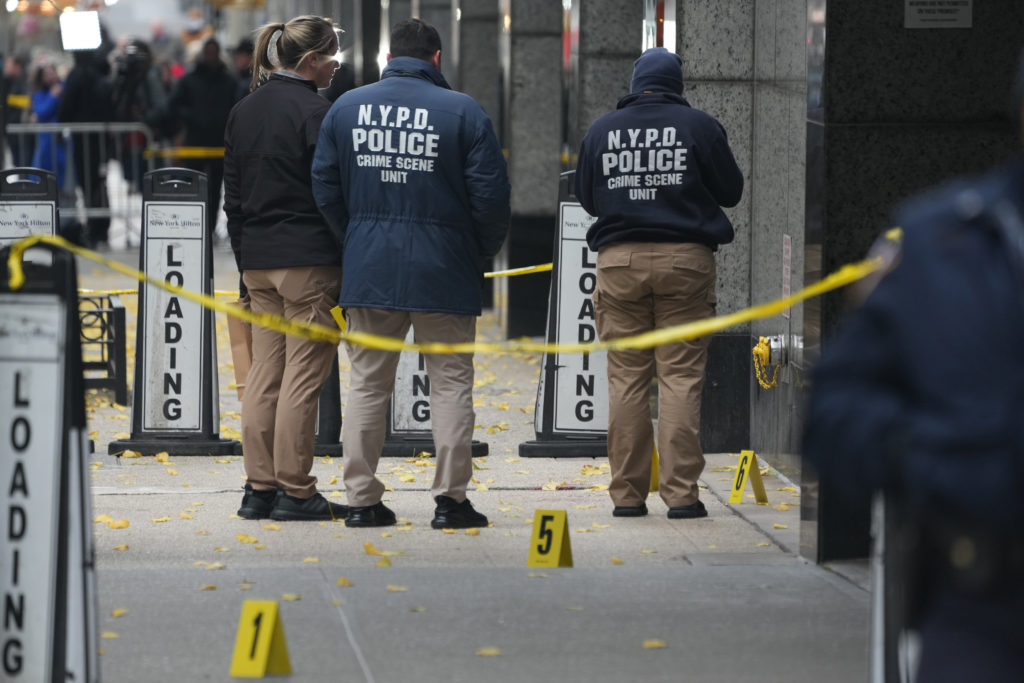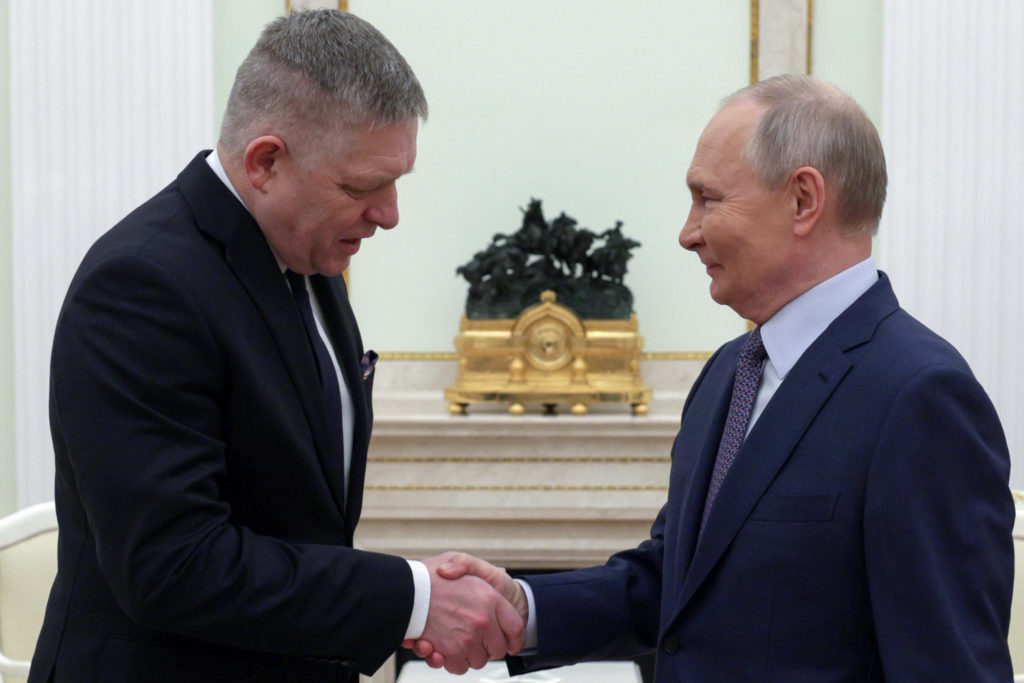When war broke out last year in Ethiopia’s northern Tigray region, Solomon Alabachew acted fast, grabbing his Kalashnikov and rushing to the front with his fellow ethnic Amhara militia fighters.
Their swift seizure of western Tigray — a stretch of land Amharas claim was stolen from them decades ago — stands as the greatest achievement of Solomon’s life, the 37-year-old told AFP this week.
That helps explain his current fury at resurgent ethnic Tigrayan rebels, who on Monday began a new push intended to kick the Amharas out again, jump-starting fresh violence in an already gruesome eight-month-old conflict.
Two days later, Solomon dusted off his firearm, threw on his green fatigues and raced north, ending up in the Amhara mountain town of Adi Arkay with thousands of other combatants awaiting orders to advance.
They are part of a massive mobilisation called for by top officials in the Amhara region, which has long been embroiled in bitter land disputes with Tigray, its northern neighbour.
On Wednesday the Amhara government spokesman Gizachew Muluneh announced that regional special forces and militias would shift to “attack” mode to reverse the recent battlefield gains by the Tigrayan rebels.
His statement appeared just hours after Prime Minister Abiy Ahmed, winner of the 2019 Nobel Peace Prize, vowed to “repel” attacks by Ethiopia’s enemies.
– ‘We won’t back down’ –
The bellicose rhetoric came not a moment too soon for Solomon, who is itching to fight again.
“We came here to take the necessary measures, to annihilate and to pay sacrifice. All Amhara people, from top to bottom, have mobilised,” he said.
“The people have been very patient with the government’s approach so far, but even if the orders (to attack) don’t come, we won’t back down.”
Abiy sent troops into Tigray last November, saying the move came in response to an assault on federal army camps ordered by the region’s ruling party, the Tigray People’s Liberation Front (TPLF).
It was the bloody culmination of a long falling-out between the young, reform-minded leader who took power in 2018 and the party that dominated national politics for nearly three decades before that.
It also represented a golden opportunity for Amharas to retake land in both western and southern Tigray that, in their eyes, the TPLF illegally annexed back in the early 1990s.
The United States has raised concerns about ethnic cleansing in western Tigray, where Amharan forces have been accused of expelling thousands of people.
But the war took a stunning turn last month when the Tigray capital Mekele fell to the rebels and Abiy declared a unilateral ceasefire, pulling most federal troops from the region.
Pressing their advantage, the rebels announced a new offensive this week, with a spokesman telling AFP it was intended to “liberate every square inch of Tigray”.
The spokesman, Getachew Reda, also claimed the rebels were already in control of Alamata, the biggest town in southern Tigray, and would soon hold the western town of Mai-Tsebri, north of Adi Arkay.
– ‘Trying to terrorise our people’ –
Ethiopia’s army has not responded to requests for comment on losses and gains. But in an interview with AFP, the head of Amhara’s militia bureau, Colonel Bamlaku Abay, acknowledged some losses while asserting Getachew’s claims were overstated.
“They have taken some places around Korem (a town in southern Tigray) and around Mai-Tsebri. They took those places when the military withdrew,” Bamlaku said from his current base in Adi Arkay.
He added, though, that he was “very sure” the Amhara militias would push the rebels back once they deployed en masse, saying they were motivated by historical claims to the land.
“The TPLF is trying to terrorise our people and our land, but so far we have not responded,” he said. “We will prevail. We have the truth on our side. They don’t have the truth.”
– ‘Existential threat’ –
Down the street from Bamlaku’s office, Amhara militia fighters sipped coffee, polished boots and otherwise milled about on the streets of Adi Arkay, which is nestled among jagged mountains close to the pre-war border between Amhara and Tigray.
Hundreds of their comrades — guns hanging from their shoulders, personal effects secured in Spiderman- and Bob Marley-themed tote bags — walked south along the main road out of town, though Bamlaku said they were just taking part in a rotation and would return soon.
A federal military base sits at the southern entrance of Adi Arkay, but Amhara militia fighters told AFP they fully expected to lead the charge into both western and southern Tigray.
The goal is to stop the rebels at Mai-Tsebri, said Fenta Tereffe, a spokesman for North Gondar zone which includes Adi Arkay.
If not, he said, the rebels would push south all the way to Addis Ababa, killing Amharas as they go, he said.
He declined to estimate how many thousands of militia fighters had mobilised this week, but he stressed “we have got more than enough for the effort”.
“Not only fighters, but also resources,” he said, adding that at least some civil servants had opted to forgo their salaries this month to help fund operations.
Other non-combatants are also finding ways to contribute, with Amhara women preparing sacks of bread, dried injera and roasted barley that young people rush to the front, Fenta said.
“The Amhara people don’t want war and they’re well aware that there is no profit from war… But we now face an existential threat,” he said.
Such stark statements highlight the intensity of feeling on both sides of the conflict, said an Ethiopian political scientist who spoke on condition of anonymity because of the sensitivity of the situation.
“We are entering the most impassioned phase of the war in Tigray,” he said.

